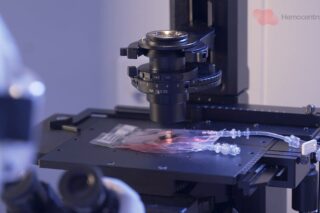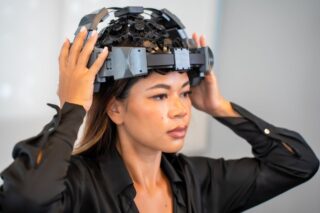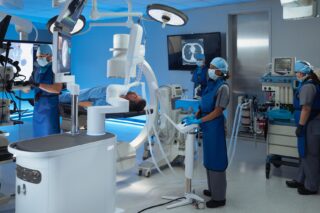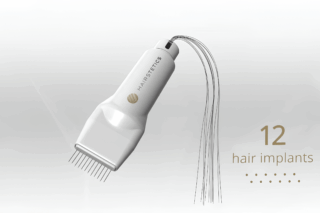Hydradermabrasion is transforming the way practitioners approach energy-based treatments.
This article was written by Konika Patel Schallen, MD, Founder of CMA, Center for Modern Aesthetic Medicine, Medical Director and SVP Global Clinical Operations at Candela Medical.
Hydradermabrasion is transforming the way practitioners approach energy-based treatments. By enhancing penetration, minimizing inflammation, and accelerating recovery, it supports better results at every stage – before, during, and after procedures. This white paper explores the science, clinical benefits, and practical strategies for integrating hydradermabrasion into laser, RF, and IPL protocols.
Hydradermabrasion: A Complement to Energy-Based Treatments
Microdermabrasion is a widely cosmetic skin resurfacing modality that superficially peels the epidermis and papillary dermis and removes the stratum corneum by mechanical abrasion of the skin. Histologic improvements include a normalized stratum corneum, reduced melanization, and increased collagen density. Clinically, this results in smoother, more radiant skin with improved texture and reduced acne scarring, due to collagen remodeling and elastin production. It also enhances skin permeability, increasing the effectiveness of topical agents such as vitamin C.
Traditionally, microdermabrasion is used alone or alongside energy-based devices (EBDs) to treat photoaged skin, improving laser penetration and epidermal turnover. Systems vary by technology – some use microcrystals while others use crystal-free abrasive surfaces. Recently, crystal-free systems have advanced into hydradermabrasion, a gentler, more effective technology that provides a gentle, effective approach to exfoliate, hydrate, and rejuvenate skin.
How Hydradermabrasion Works
Hydradermabrasion exfoliates the skin while simultaneously infusing it with serums that hydrate and support the skin barrier. This dual action not only removes dead cells but also nourishes the skin, targeting tone, texture, inflammation, and pigmentation. Compared to traditional microdermabrasion, hydradermabrasion causes less irritation and faster recovery. One study found it increased epidermal thickness and antioxidant levels more effectively than manual serum application.
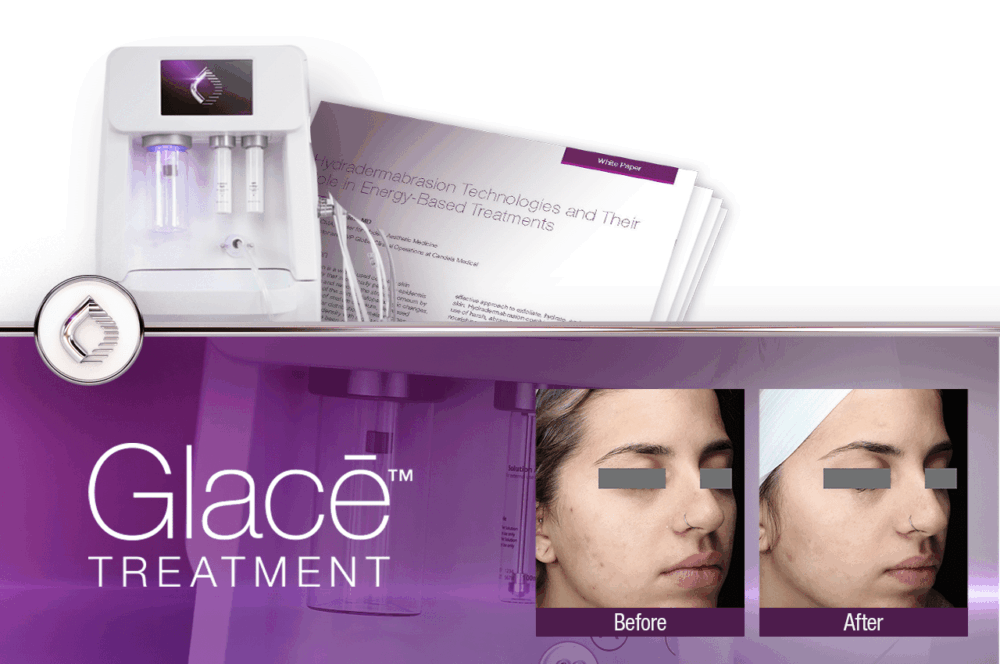
Pre-Treatment Benefits
Used before EBD treatments, hydradermabrasion cleans and hydrates the skin, creating ideal conditions for energy penetration and clinical efficacy. It opens pores and enhances serum absorption while reducing skin scattering, allowing for more effective laser, RF, or IPL application. Preconditioning the skin also reduces the risk of pigmentation issues and improves the overall treatment bed.
Post-Treatment Recovery
After EBD treatments, the skin can become dehydrated and inflamed. Hydradermabrasion helps rehydrate the skin, reduce erythema, and accelerate recovery. For example, in one study, applying hyaluronic acid serums during microdermabrasion followed by continued use at home resulted in significant improvements in skin hydration, smoothness, fine lines, and radiance. Post-treatment hydration is also associated with reduced side effects and enhanced neocollagenesis.
Hydrating solutions like the Glacē™ treatment by Candela deliver targeted serums to support recovery and improve treatment outcomes. Depending on the indication, these may target inflammation (e.g., acne or rosacea) or pigmentation (e.g., melasma), with enhanced efficacy thanks to deeper serum delivery after exfoliation.
Maintenance Between Sessions
Hydradermabrasion is not limited to pre- and post-treatment use – it can also maintain results between EBD sessions. Regular treatments improve skin elasticity and patient satisfaction while offering ongoing patient engagement. This supports long-term skin health and enhances the value of aesthetic treatment plans.
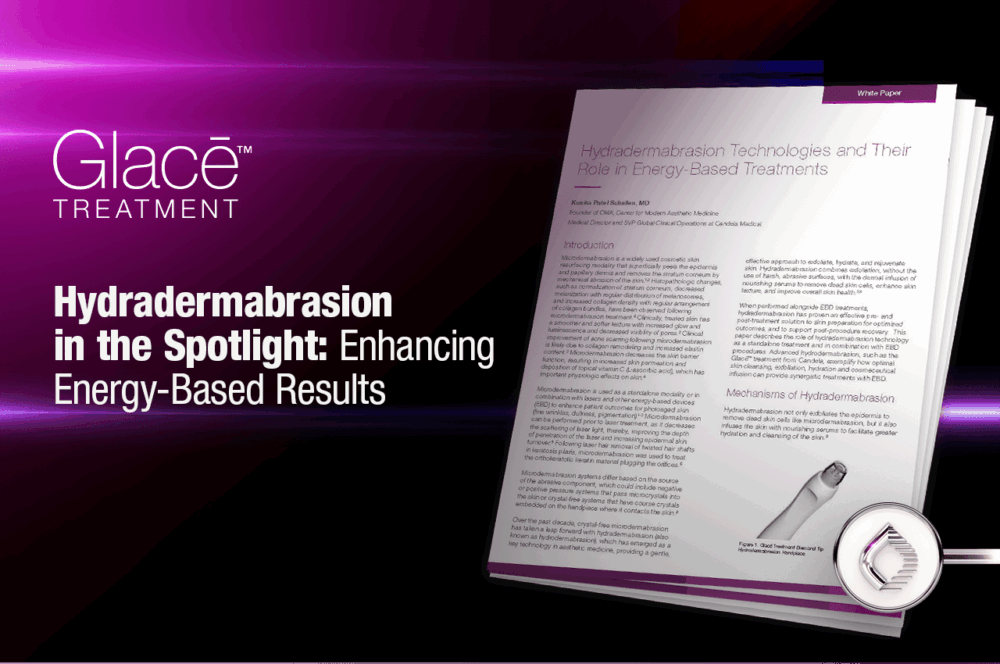
Conclusion
Hydradermabrasion is a clinically valuable companion to energy-based treatments. Its ability to exfoliate and hydrate enhances outcomes, reduces downtime, and improves patient satisfaction across lasers, RF, and IPL.
Key benefits include:
- Pre-treatment: Improved energy penetration and product absorption
- Post-treatment: Faster recovery, reduced inflammation, and restored hydration
- Maintenance: Extended treatment results and collagen remodeling
As advanced hydradermabrasion solutions like Glacē™ continue to evolve, they are poised to become an integral part of EBD protocols. Further clinical research will help refine these combination strategies and standardize protocols for broader clinical adoption.
For full clinical references and supporting data, please refer to the original white paper.
Click to download the white paper here.






